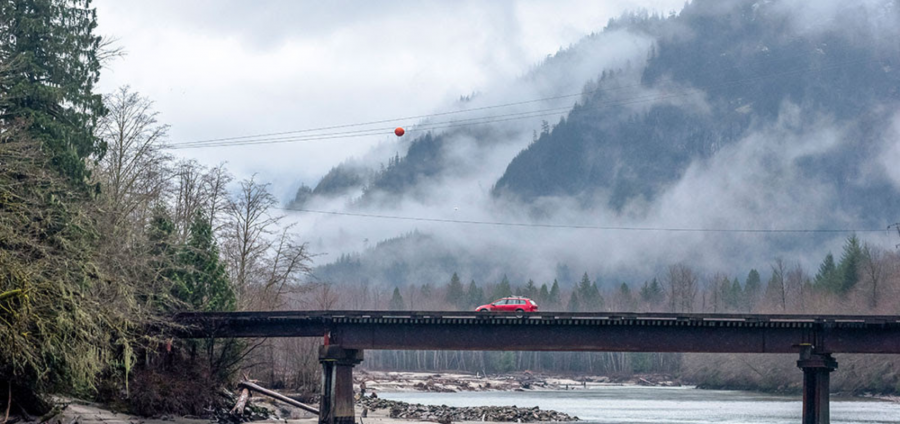If you have ever been curious as to what happens to the rubber tread that wears off of a vehicle's tires, then you are in luck.
Modelling by a team of researchers at the UBC Okanagan has discovered that an increasing amount of microplastics from tires and roadways are ending up in lakes and streams.

From the university's School of Engineering, researchers have developed a framework for examining potential contamination that originates from the use of vehicles on roads and highways.
Their findings show that more than 50 tonnes of tires and road wear particles are released into waterways annually in areas like the Okanagan.
"The results are quite significant," said Dr. Haroon Mian, a UBC Postdoctoral Research Associate and study lead author. "It's especially alarming considering that this microscopic waste can contaminate our freshwater sources."
Around 1.5 billion tires are produced annually, to meet global demand, leaving almost six million tonnes of tires and road wear particles being generated around the world.
The rubber from tires are considered elastomeric polymers that contribute to microplastics. It isn't simply that the rubber causes contamination, as over time, materials begin to break down and can release chemical additives that affect aquatic species.
The research was all done locally and point to lakes like Okanagan and Kalamalka being unknowingly contaminated every day, as thousands of people drive highways connecting BC interior communities.
"This analysis focused on a small section of highway in the BC interior, but the findings suggest that other regions across Canada may experience the same challenges with this type of contamination," said Dr. Mian. "A more uniform and comprehensive management and treatment strategy must be developed to limit the possible environmental ramifications."
The research appeared in the latest edition of Science of the Total Environment and was supported by Kal Tire and Mitacs.
You can read the full paper here.
















